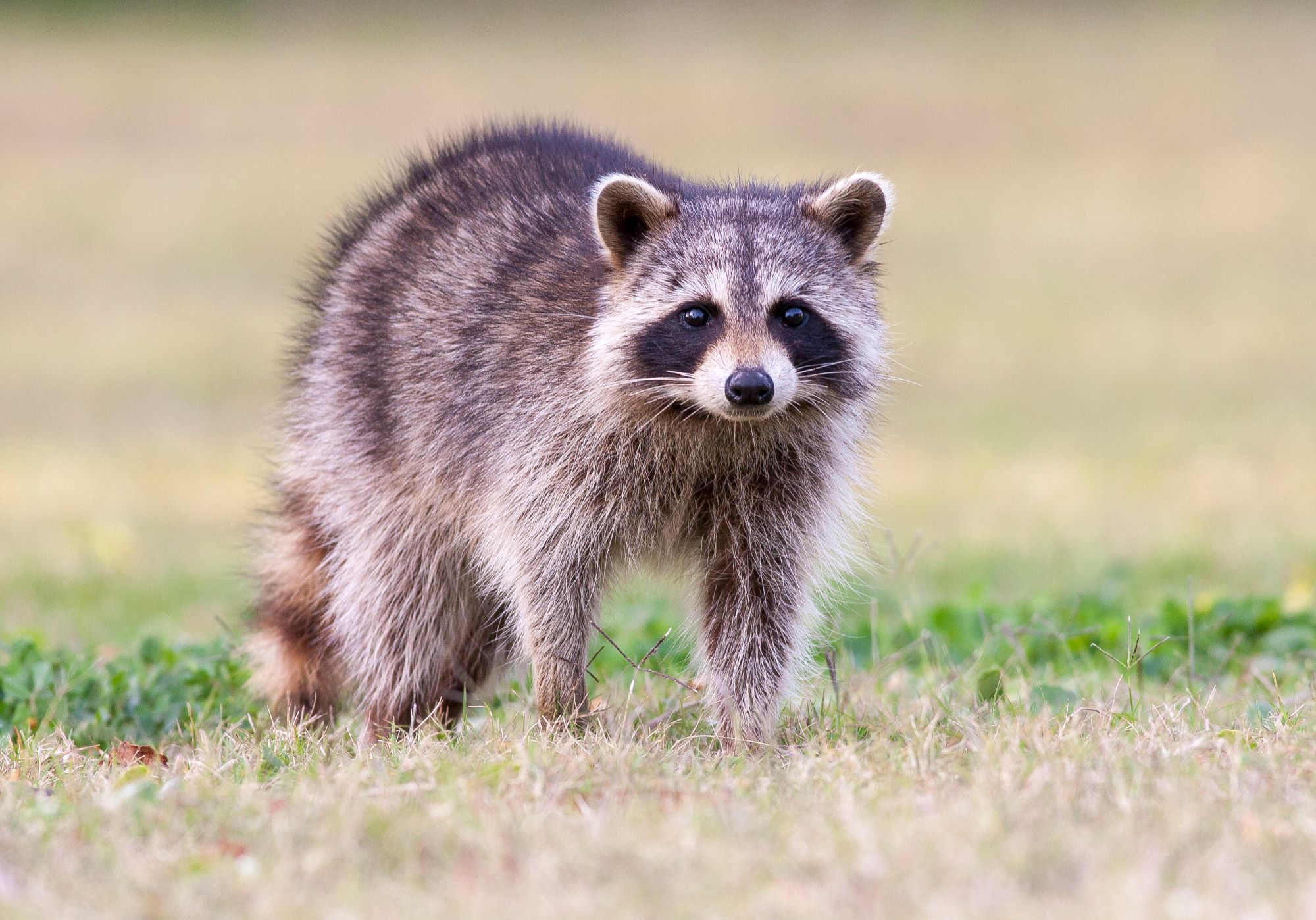
Racoons in Utah
Raccoons in Utah are a common and adaptable species, found throughout the state in a variety of habitats. Known scientifically as Procyon lotor, raccoons are medium-sized mammals recognizable by their distinctive mask-like facial markings, bushy tails with dark rings, and dexterous front paws. These traits, along with their intelligence and adaptability, have allowed raccoons to thrive in both wild and urban environments.
In Utah, raccoons inhabit areas that provide access to water and food sources. They are commonly found along riverbanks, in wetlands, and in forested areas, but they have also adapted remarkably well to urban settings. In cities and suburbs, raccoons are known to forage in trash cans, gardens, and pet food containers, often becoming a nuisance to homeowners.

Raccoons are omnivorous, with a diet that includes fruits, nuts, insects, eggs, small animals, and aquatic organisms like crayfish and frogs. In natural settings, their foraging behavior contributes to the ecological balance, aiding in seed dispersal and controlling insect populations. Their famous habit of 'washing' their food in water is actually a way of using their sensitive front paws to feel and explore objects, an adaptation that enhances their ability to find and capture food.
Socially, raccoons are generally solitary except during the mating season or when a mother is raising her young. Females typically give birth to litters of two to five kits in the spring. The young are raised in dens that can be located in tree hollows, abandoned burrows, or even in attics or chimneys in urban areas.
In Utah, raccoons are active primarily at night (nocturnal), which helps them avoid predators and human interactions. However, their presence in urban areas can lead to conflicts, particularly when they access garbage, damage property, or spread diseases like rabies and canine distemper. These issues necessitate effective urban wildlife management strategies, including public education on securing food sources and proper handling of potential raccoon encounters.
Raccoons also face challenges from habitat loss and fragmentation due to urban development. Conservation efforts in Utah focus on maintaining healthy natural habitats and educating the public about coexisting with wildlife, including raccoons. Understanding and respecting raccoons as a part of Utah's diverse wildlife spectrum is crucial for ensuring their continued presence and the ecological balance of both rural and urban environments.
In summary, raccoons in Utah are a resourceful and resilient species, thriving across a range of habitats from dense forests to city suburbs. Their adaptability, intelligence, and varied diet have made them a successful species, but they also present challenges in terms of wildlife management, particularly in urban areas. Balancing the conservation of their natural habitats with the realities of urban coexistence is key to maintaining healthy raccoon populations in the state.